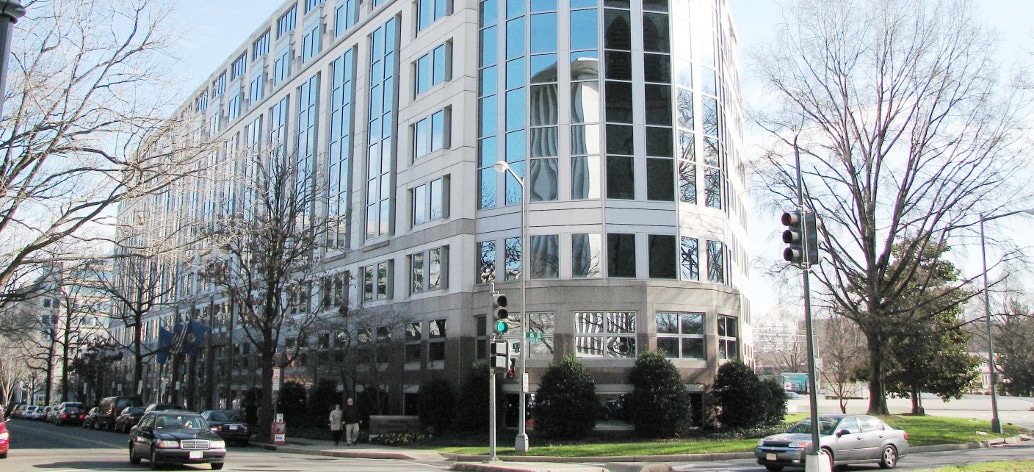With the hearing on the Suniva/SolarWorld Section 201 trade action just five days away, every word breathed by the U.S. International Trade Commission (USITC) commissioners and their staff will be parsed, scrutinized and then parsed again – and both sides will be scanning the skies anxiously to see if they spot white smoke that will indicate the commissioners have reached a final decision.
So the fact that the USITC staff have issued a 428-page preliminary report (see below), laying the groundwork for next week’s conclave in Washington D.C., is important, both to the petitioners and the solar industry participants that oppose the action.
While in most cases the sample size for the manufacturer surveys is necessarily small, there are some stark figures that indicate U.S. module manufacturers have struggled mightily since 2012 against foreign competition, despite the earlier tariffs imposed on Chinese manufacturers in 2011 and 2015.
The report notes that 26 U.S. module manufacturers have closed their manufacturing facilities in the past five years, a period during which imports of modules and cells increased nearly five-fold. In addition, the majority of U.S. module companies reported operating losses over the same time period.
USITC staff also found that module prices dropped by about a third in the second half of 2016 during a year when all imports increased by 50% from the previous year, though the report is silent on whether those two facts are directly related or merely coincidental.
It also found that while U.S. demand for solar products increased for the four years between 2012 and 2016, Malaysian, Chinese and Korean modules captured a larger share of the U.S. market in contrast U.S. module manufacturers. Unfortunately, the report does not break down the data by traditional market segments like residential, commercial and industrial, and utility-scale markets, which would be helpful in determining the specific level of injury sustained by U.S. manufacturers since not all U.S. manufacturers produce modules for all markets.
At least one petitioner expressed excitement over what the report said.
“We appreciate the hard work that the ITC staff has invested in this comprehensive report,” said Juergen Stein, president of SolarWorld Americas. “We are confident that the facts support an affirmative finding by the ITC and that this finding will finally lead to a restoration of fair competition in the U.S. solar marketplace.”
Abigail Ross Hopper, president and CEO of the Solar Energy Industries Association, said the report may not be as good for the petitioners as they may thinkis at first glance.
“Suniva and SolarWorld continue to grasp at straws and this announcement is no exception,” Hopper said. “If you actually read the Staff Report, it’s not nearly as rosy for the two companies as the petitioners seek to portray. The Staff Report is not an advocacy document, and it certainly does not contain all the facts. It’s just an aggregation of the questionnaire and other data.”
Energy Trade Action Coalition (ETAC) spokesman Paul Nathanson was equally unimpressed with the data in the report.
“The staff report would not focus on some of the issues that will come out in the hearing such as other causes of the petitioners’ financial condition, declining prices of other energy alternatives and other information,” Nathanson said. “But the report does point out that the industry’s production and capacity are expanding, and there are new entrants coming into the market. This indicates that the prospects for the solar industry are strong and protection from imports are not needed.”
The ITC is scheduled to vote Sept. 22 on whether imports have caused serious injury, or threat of serious injury, to the domestic industry. If at least two of the current four Commissioners vote in the affirmative, the case moves on to a remedy phase, in which the ITC has until Nov. 13 to make a recommendation to the President.
For pv magazine’s full coverage of the trade dispute, click here.
This article was edited at 2:17 pm on 8/10/17 to remove a reference to the asterisks in the report (below) as missing data. The asterisks are instead of indicative of proprietary information that was redacted by the USITC staff in the public edition of the report to protect proprietary information of the companies involved
This article was edited at 2:26 pm on 8/10/17 to include remarks from SEIA’s President and CEO Abigail Ross Hopper and ETAC spokesman Paul Nathanson.
This content is protected by copyright and may not be reused. If you want to cooperate with us and would like to reuse some of our content, please contact: editors@pv-magazine.com.








By submitting this form you agree to pv magazine using your data for the purposes of publishing your comment.
Your personal data will only be disclosed or otherwise transmitted to third parties for the purposes of spam filtering or if this is necessary for technical maintenance of the website. Any other transfer to third parties will not take place unless this is justified on the basis of applicable data protection regulations or if pv magazine is legally obliged to do so.
You may revoke this consent at any time with effect for the future, in which case your personal data will be deleted immediately. Otherwise, your data will be deleted if pv magazine has processed your request or the purpose of data storage is fulfilled.
Further information on data privacy can be found in our Data Protection Policy.